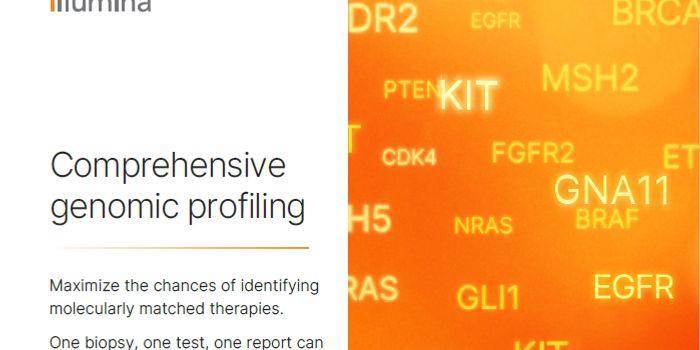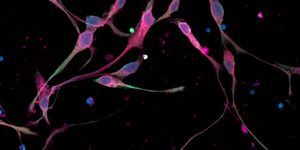22 Genes Discovered that Predict Skin Cancer from Sun Exposure
Australia has the highest rate of skin cancer in the world, with around 49 cases per 100,000 people. Now, researchers at the QIMR Berghofer Medical Research Institute in Brisbane, Australia have found 22 genes that determine a person’s risk factor for developing skin cancer based on their sun exposure.
In an ongoing study of genetic data at QIMR’s QSkin program, the largest genetic study of skin cancer in the world, researchers found that at a median follow-up time of 4 and a half years, 420 of 15,373 participants developed skin cancer. Matching genetic data with diagnostic data and records of sun exposure, the researchers were able to understand how sun exposure influenced people’s chances of developing melanoma.
Catherine Olsen, project manager of QIMR’s QSkin program said, “We found that for people who had a higher genetic risk, childhood sun exposure seemed to be very important...Whereas people with a low risk seemed to require much more sun exposure before they developed a melanoma.”
With the data also including details of participants’ country of birth and age at migration, the researchers found that people born and raised in Australia have a 50% higher genetic risk factor of developing skin cancer than those born elsewhere. They also found that even if people who carry the same genetic risk factors migrate to Australia as adults, they are significantly less at risk.
Lead researcher David Whiteman said, “This confirms that sun damage up to the age of about 20 is particularly dangerous for people with a higher genetic risk because it’s enough to trigger melanomas and they don’t need long, cumulative exposure as well.”
He added, "It's important to point out though that people who don't carry the higher risk genes associated with skin cancer can still get melanomas - they just need to get a large enough dose of sunlight over their lifetime. These people will often have lots of sunspots as a result of that exposure."
The researchers now aim to recruit more people for their genetic study to better understand and counteract the risk factors for developing melanoma. Olsen said, “While this study provides an insight into the development of melanoma and may help in identifying people who would benefit from targeted sun protection messaging, more still needs to be done to understand this disease that affects more Australians than any other population in the world.”
Sources: Brisbane Times, Wiley Online Library and Medical Xpress









